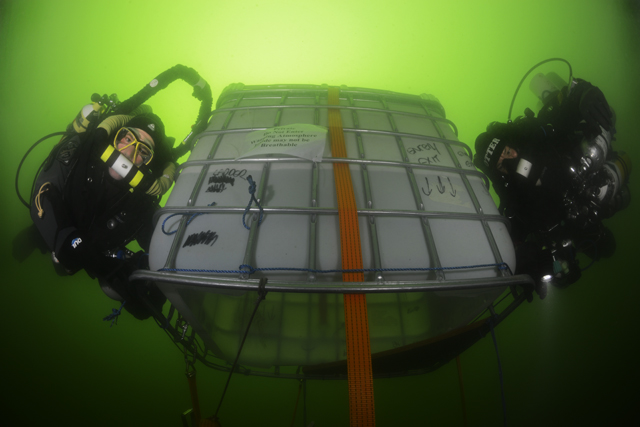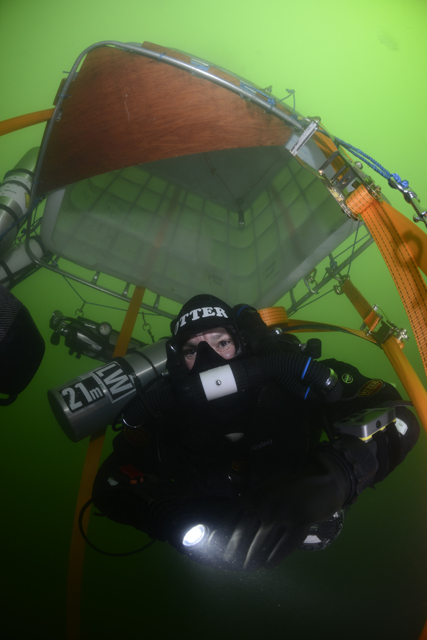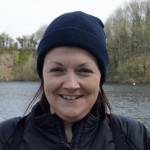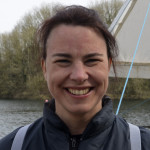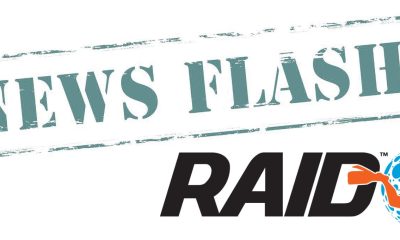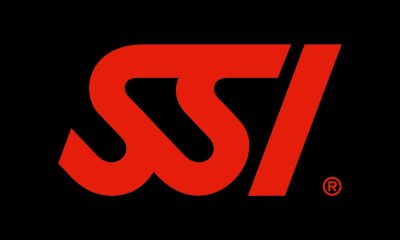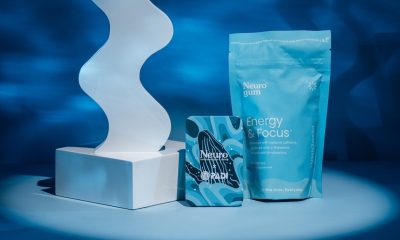News
Becoming a PADI Tech Support Diver

 Cropping up alongside PADI’s growing list of TecRec training courses are a number of distinctive specialties focusing on the more diverse aspects of technical diving. By popular request, Martin Robson, who is one of PADI’s designated instructor trainers, has written a new specialty course to teach the roles and responsibilities of a support diver typically needed on expedition level dives.
Cropping up alongside PADI’s growing list of TecRec training courses are a number of distinctive specialties focusing on the more diverse aspects of technical diving. By popular request, Martin Robson, who is one of PADI’s designated instructor trainers, has written a new specialty course to teach the roles and responsibilities of a support diver typically needed on expedition level dives.
Martin invited me along to inland diving site Vobster Quay to check out his inaugural 2-day course. On a particularly cold, crisp Saturday morning in April I packed up my trusty drysuit complete with newly fitted dry gloves and made tracks for Frome near Somerset. In this instance my job was to observe rather than participate. Martin had pre-warned me that the water temp would be a toe tingling 3 degrees. The support diver specialty course works much better with a team of divers so at least I wasn’t going to be the only numpty braving the elements!
Martin has more than 30 years of diving experience. His long list of credentials include PADI, IANTD, TDI and cave diving agencies up to instructor trainer trimix CCR level. Throughout the years he has planned and executed a substantial amount of wreck and cave expeditions to a maximum depth of 180m which provided the foundation for this course. Martin runs EAU2 Advanced Diver Training as well as organising new expeditions. He conveniently lives just 10 minutes drive from Vobster Quay where most of his tech training work is conducted. Martin huffed and said “I know Vobster far too well.”
I was interested to know what had inspired Martin to write this specific PADI distinctive specialty course in the first place. Martin said he had recently given presentations at Oztek in Sydney, the Polish dive show in Warsaw and at the Eurotek conference on some of his expeditions. There had been a lot of questions from the audience about becoming a support diver, underwater habitats and expedition diving in general so the idea just grew from there. Martin wrote the basic structure of the course in 2 days and then submitted it to PADI for approval. He said “support staff are used in a whole range of roles depending upon the requirements of the particular mission, but common roles include pre-exploration dive equipment preparation and positioning, in-water equipment provisioning during the dives, safety and rescue support, and surface management. Being a support diver is a great way to get involved in expedition diving and gaining experience of the roles and techniques support divers need is both fun and challenging.”
Seven divers turned up for the weekend event which included some theory, a dry practical session and 4 training dives. Minimum certification requirements are PADI rescue diver and Tec Rec 40 or Tec Rec 40 CCR diver with a minimum of 10 dives on whatever rebreather was being used on the course. I noticed that there were plenty of different equipment configurations varying from CCRs to sidemounts. But this course wasn’t about diving deep; in fact, the habitat itself would be anchored to the crushing works at a depth of around 6 metres. The other practical sessions were performed by the plane wreck which is no deeper than 18 metres.
After tea and bacon sandwiches Martin gathered everyone together to talk about the differences between a support diver, a standby diver and a safety diver. We then got our first glimpse of the underwater habitat, which in this case, was a plastic box encompassed in a metal framework roughly 2m long x 1m wide x 2m high, suitable for 2 divers. Martin said he has used much bigger habitats and on one particular expedition it turned out to be too big and got wedged inside the cave entrance!
At this point it’s probably worth explaining what an underwater habitat is actually used for. Martin said that habitats help exploration divers stay warmer and make rehydration easier while decompressing, which is basically the same concept as a diving bell used in commercial saturation diving. But in this case the divers don’t breathe the gas inside the habitat, as this would soon become unbreatheable; instead they breathe from gas mixes that they are either carrying with them, or that are hooked onto the habitat or are being carried by support divers. This obviously varies depending on the dive, location and equipment available. They have exactly the same decompression obligations as being in water – the main difference is that the divers can surface inside an air pocket, which just makes life a bit more comfortable.
For Dive 1 ‘Team Robson’ assembled on the platform and lowered the habitat into the water. This was towed into position over to the top of crushing works and sunk. The whole operation required some nifty teamwork skills, especially during the underwater anchoring and making buoyant phases. Untangling the underwater comms cable proved to be the most taxing part of the day. The idea was to have a telephone system connecting surface support to the divers inside the habitat, but the unit was playing up and eventually got packed away. Dive 2 focused more on supporting the lead diver. This time, in teams of 2, the task was to unclip and exchange all 4 stage cylinders attached to Martin, which turned out to be a lot more fiddly than expected. One of the divers managed to lose his torch during all the fun and games so Dive 2 was rounded off with an additional search and recovery exercise. Being a support diver requires many different skills!
On Sunday morning I managed to jump in with Martin and Graham Allathan (who has been a support diver on a number of Martin’s previous expeditions) to get a few undisturbed underwater pictures of the habitat. Visibility was at best 3 or 4 metres but at least Martin and Graham were using rebreathers so there were no exhaled bubbles to worry about, although the floaty mouthpiece of Graham’s twin rebreather unit looked slightly out of place.
By the time we surfaced the rest of the team were kitted up and ready for Dive 3, which involved looking after lead diver Martin while he was decompressing inside the habitat. This included monitoring gas supplies, changing cylinders and battery packs, supplying food and drink etc. Everybody then got the chance to surface inside the habitat, have a drink, eat some food and do a simulated gas exchange. The final dive was basically the reverse of dive 1 so the habitat was brought to the surface in a controlled manner and towed back to the platform. At the end of a very full on weekend I sat down with Martin to get his thoughts on the very first support diver distinctive specialty course. He said ‘‘I thought the course went extremely well. It was nice to see everyone having fun and learning at the same time.”
Martin’s main passion is cave exploration and I think this is where underwater habitats are best suited. From my own perspective it was great to see a group of individual divers interacting and working together as a team. Exchanging cylinders, getting used to clips, D-ring positions etc is definitely a useful skill to practice. I haven’t had any experience with major expeditions involving a team of divers, so Martin’s support diver course gave me a good idea of what to expect. I think one of Martins own blog comments summed up the weekend quite nicely – when asked what attributes do you look for in an expedition diver, Martin said “I look for a team player who shares the team philosophy and goals, who is self disciplined, works hard and who can be relied upon when the chips are down but also knows when to have fun.”
—————————————————————————————————————————————————————————
Course comments
From: Weston Supermare
Level: TDI trimix, PADI Instructor
Dives: 700
“The course was a fascinating insight into what goes into supporting expedition level diving. The weekend was interesting, challenging and immense fun all at the same time.”
From: Bristol
Level: TDI Instructor, PADI Instructor
Dives: 800
“Overall I thought it was a good opportunity to learn from someone who has done real expeditions. I picked up some great tips. I would love to get involved with real life expeditions.”
From: Liverpool
Level: PADI tec 40, BSAC advanced diver
Dives: 400
“First enjoyable weekend I have had since I got back into diving. Brilliant exercise in teamwork. It’s given me a major insight into expedition planning and training.”
From: Swindon
Level: IANTD CCR Mod 1
Dives: 500
“It was me that actually asked for the specialty in the first place! I spoke to Martin at the Eurotek show after his talk on the blue lakes project. I wanted to get an understanding of what’s required of a support diver and so Martin set up the PADI distinctive specialty.
“I thought the weekend was excellent fun, well organised and gave me a great insight into being both shore and underwater expedition diving. The course will benefit any tech diver in terms of practice and skills.”
From: London
Level: PADI Divemaster, IANTD ART
Dives: 215
“I learnt some amazing things that I don’t usually think about. Clipping off cylinders is completely different when you are doing it on someone else. I loved the teamwork aspect and the application of existing skills but in a different way.”
From: Bournemouth
Level: IANTD, BSAC Club Instructor
Dives: 300
“Great fun weekend. It’s given me a small glimpse into the logistics, skills and teamwork of an expedition.”
From: Scotland
Level: IANTD CCR trimix
Dives: 1000 plus
“I’m the whipping boy! I wanted to learn more about habitats, practice for real and do some experimentation to set up properly.”
—————————————————————————————————————————————————————————
It was a pretty good course. You can read all the theory but it’s different in practice. It was nice to see everyone enjoying the weekend. There’s a much better atmosphere with groups.
To find out more about the technical diving courses that Martin offers visit www.eau2.com.
Discuss this article in the Scubaverse Forum.
Blogs
TRAVEL BLOG: Jeff Goodman Dives SOMABAY, Part 1
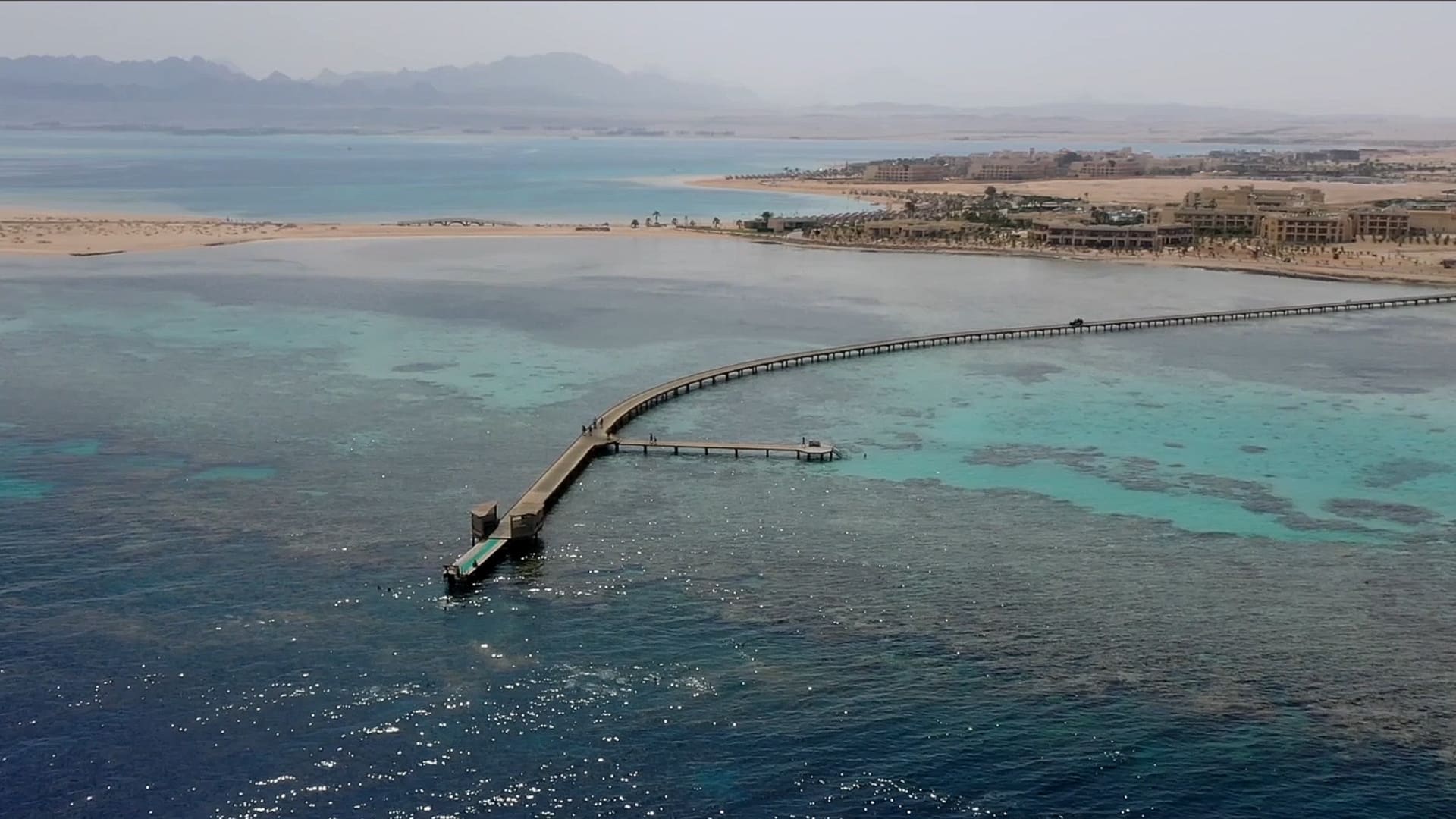
For a week at the end of February I was invited to sample the diving with Orca Dive Club based at the Breakers Diving and Surfing Lodge by courtesy of SOMABAY.
Somabay covers an entire peninsula and is home to several resorts as well as residential compounds. Somabay caters for scuba diving as well as many other sports, including windsurfing, golf, sailing, go-carting, horse riding and many other activities.
All the activities are of a world-class standard and any or all of these can be booked directly from The Breakers.

I took Easyjet from Bristol (UK) to Hurghada. Easyjet are not by any means my favourite airline but the flight was cheap and direct (except for the surprise extra £48 I was charged at the gate for my carry-on bag).
I was met at Hurghada airport by a driver and car and taken to the Breakers 28 miles (45Kilomaters) south along the coast. Once at the hotel I was too late for an evening meal and so a basic meal was delivered to my room. That and a beer from the fridge and I was fast asleep.
Early the next morning after breakfast I arrived for my rep meeting at the Orca Dive Center for 8.00am. I was immediately made to feel welcome, and after brief introductions I got some dive gear from the store, had a chat with my dive guide Mohamed and got ready to try the house reef situated at the end of a very long wooded pier where all diving gear and divers are taken out by buggies.
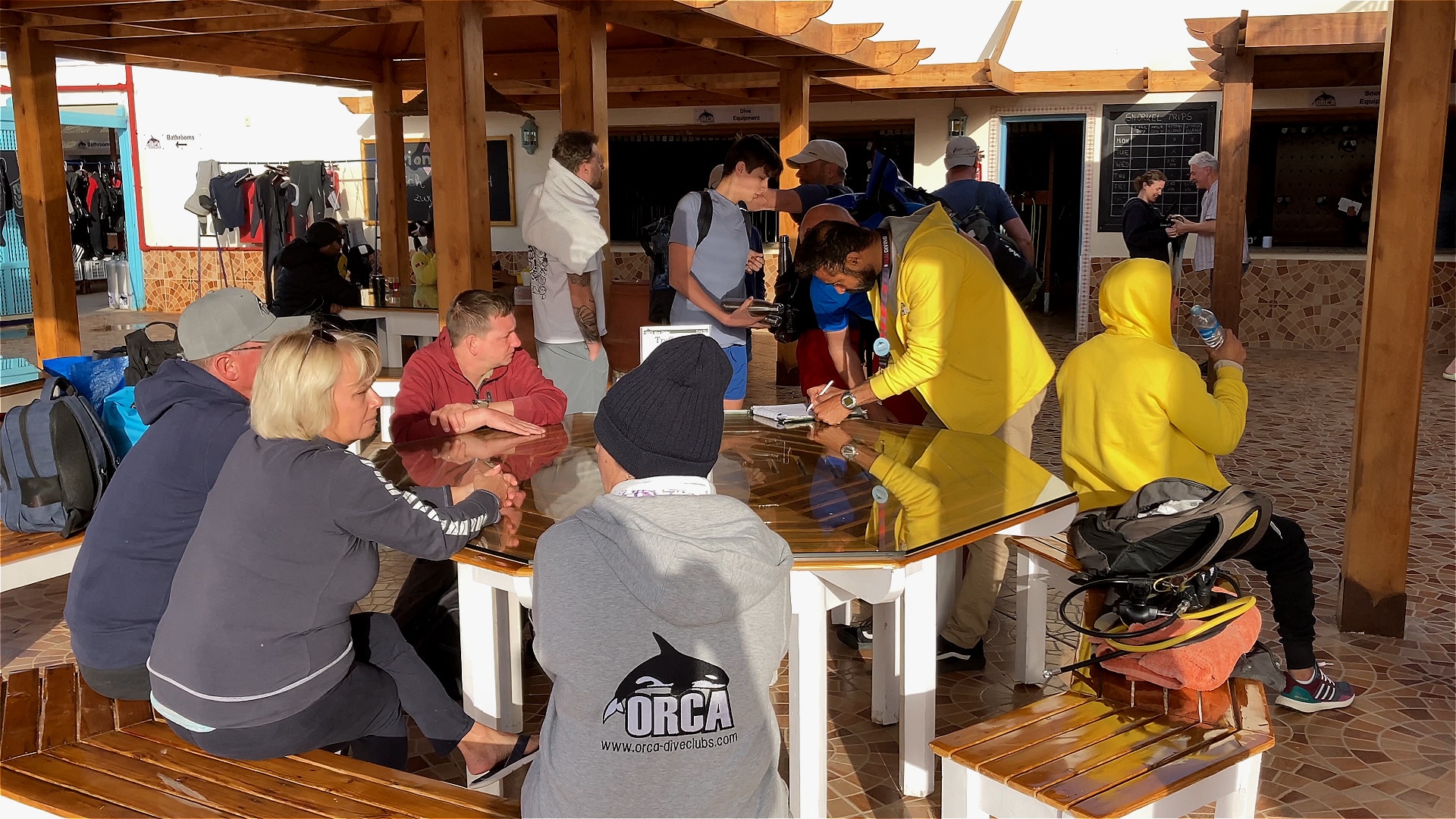
Once at the end of the pier, a helping hand from staff makes sure your gear is set and then it’s a short walk to the very end where you can either climb down a ladder of simply jump in the water next to the reef. The house reef extends both north and south giving a very easy and safe dive with plenty to see. At this time of the year the water temperature was a constant 22 degrees Centigrade and there was little or no current, so there were no issues in swimming back to the pier.
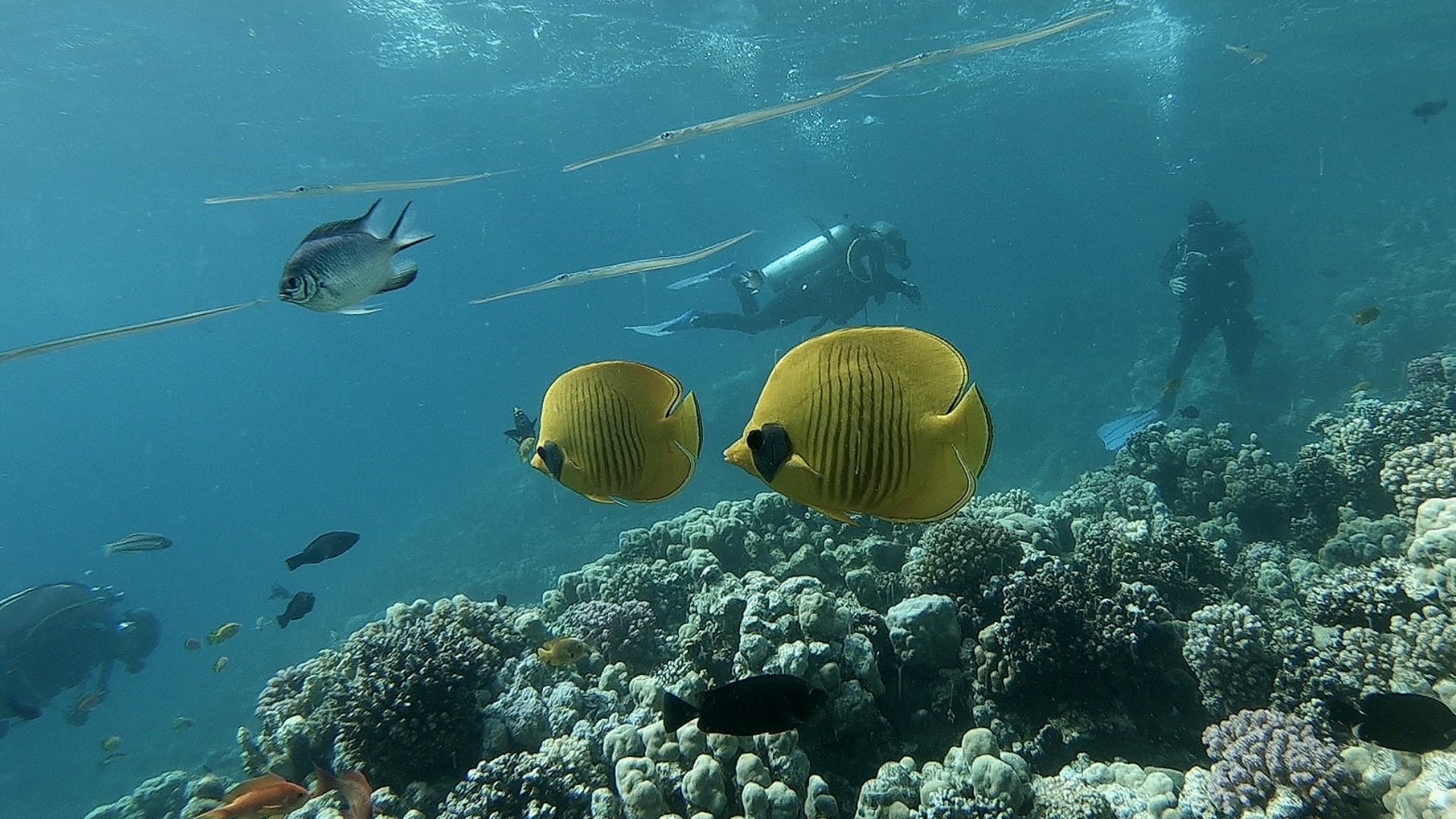
Quite a few divers were in dry or semi-dry suits, but being from the UK and used to the cold I found a 3mm wetsuit with a 3mm neoprene vest quite comfortable. Even after 50 years of diving I still find that first dive of a trip slightly nerving until I am actually underwater and then all becomes relaxed and I ease into auto diving mode. There was plenty to see with many of the Red Sea favourites along the way.
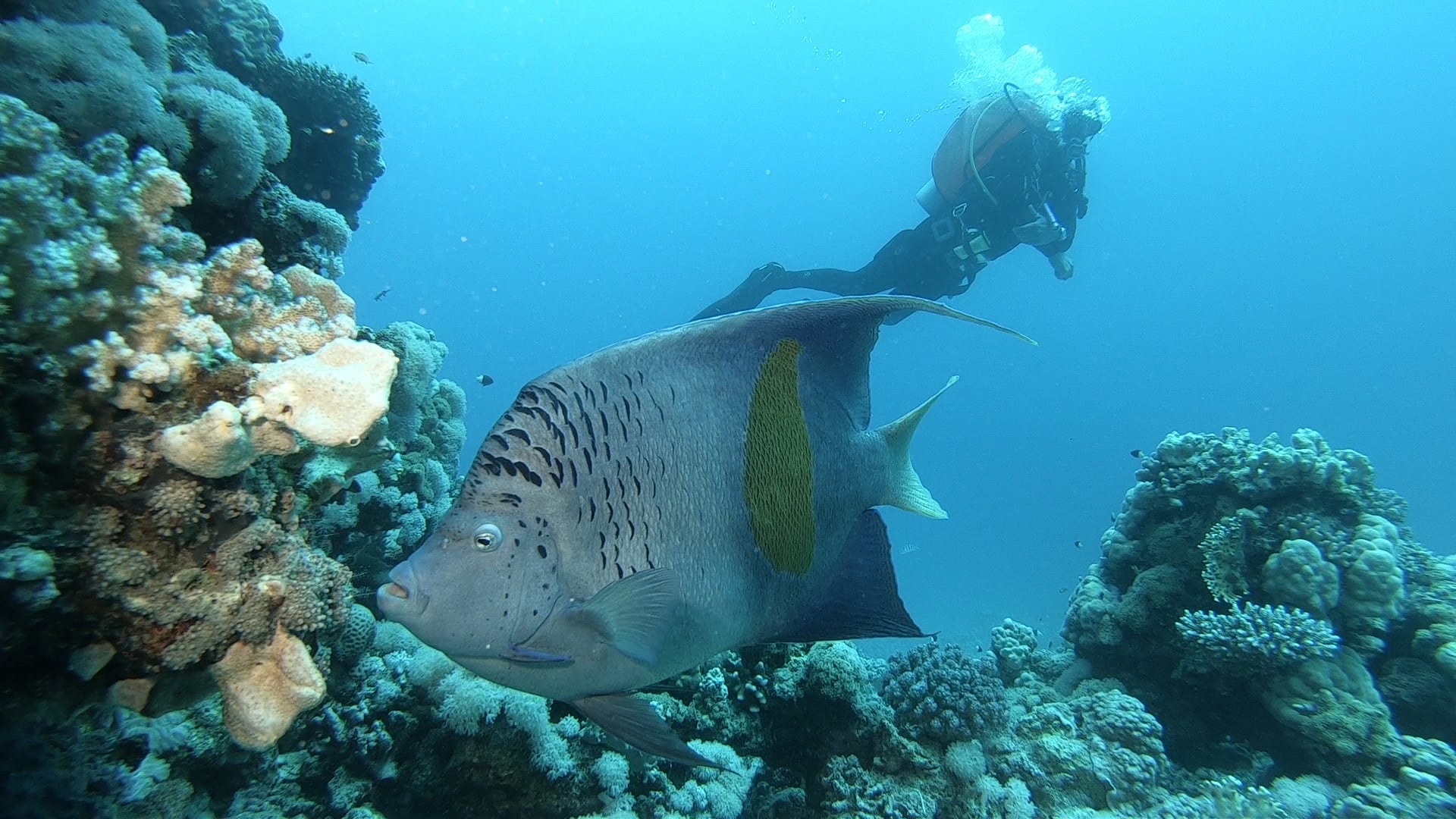
After the dive and a buggy ride back to the hotel for a very good buffet lunch I was back in the water, once again on the house reef for an afternoon dive.

Check in for part 2 tomorrow when Jeff gets on a day boat and dives a few of the off-shore reefs.
Book your next Red Sea dive adventure with SOMABAY! For more information, visit www.somabay.com.
Stay at the Breakers Diving & Surfing Lodge when you visit! For more information, visit www.thebreakers-somabay.com.
Find out more about ORCA Dive Clubs at SOMABAY at www.orca-diveclubs.com/en/soma-bay-en.
Blogs
Jeremy Higson from Sea to Sky talks to Jeff Goodman about diving in Oman (Watch Video)
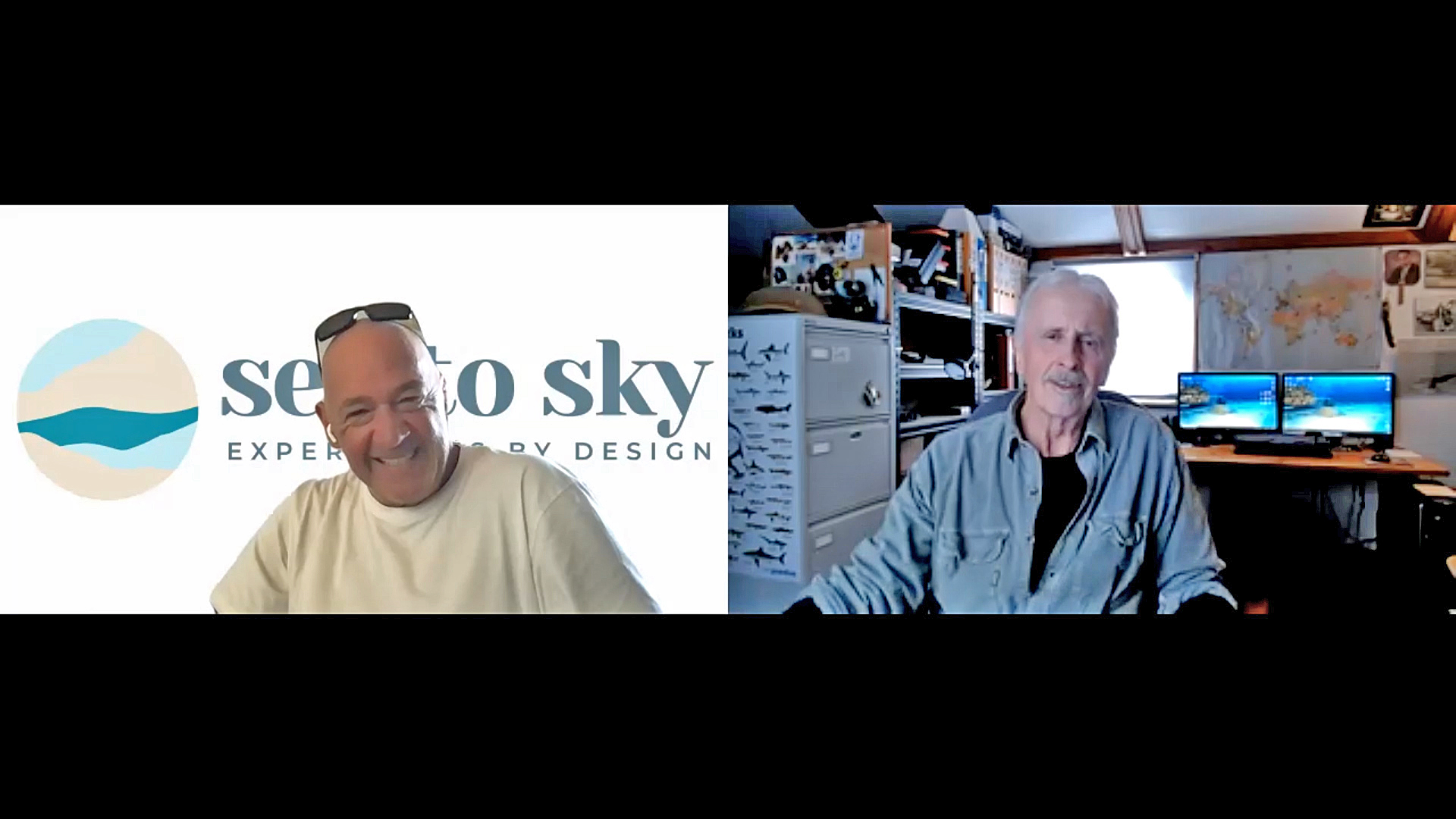
In an interview recorded exclusively for Scubaverse.com, Jeff Goodman interviews Jeremy Higson from Sea to Sky about the itineraries the tour operator offers in Oman.
For more information about diving in Oman, contact Sea to Sky now:
Email: hello@mysetaosky.co.uk
WhatsApp: + 39 379 236 7138
Website: www.myseatosky.co.uk
-

 News3 months ago
News3 months agoHone your underwater photography skills with Alphamarine Photography at Red Sea Diving Safari in March
-

 News2 months ago
News2 months agoCapturing Critters in Lembeh Underwater Photography Workshop 2024: Event Roundup
-

 Marine Life & Conservation Blogs2 months ago
Marine Life & Conservation Blogs2 months agoCreature Feature: Swell Sharks
-

 Blogs1 month ago
Blogs1 month agoMurex Resorts: Passport to Paradise!
-
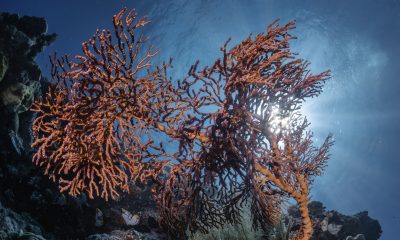
 News3 months ago
News3 months agoDive into Adventure with Photo Pro Paul Duxfield in North Sulawesi this October
-

 Gear News3 months ago
Gear News3 months agoBare X-Mission Drysuit: Ideal for Both Technical and Recreational Divers
-

 Gear Reviews2 months ago
Gear Reviews2 months agoGear Review: Oceanic+ Dive Housing for iPhone
-

 Blogs2 months ago
Blogs2 months agoDiver Discovering Whale Skeletons Beneath Ice Judged World’s Best Underwater Photograph







